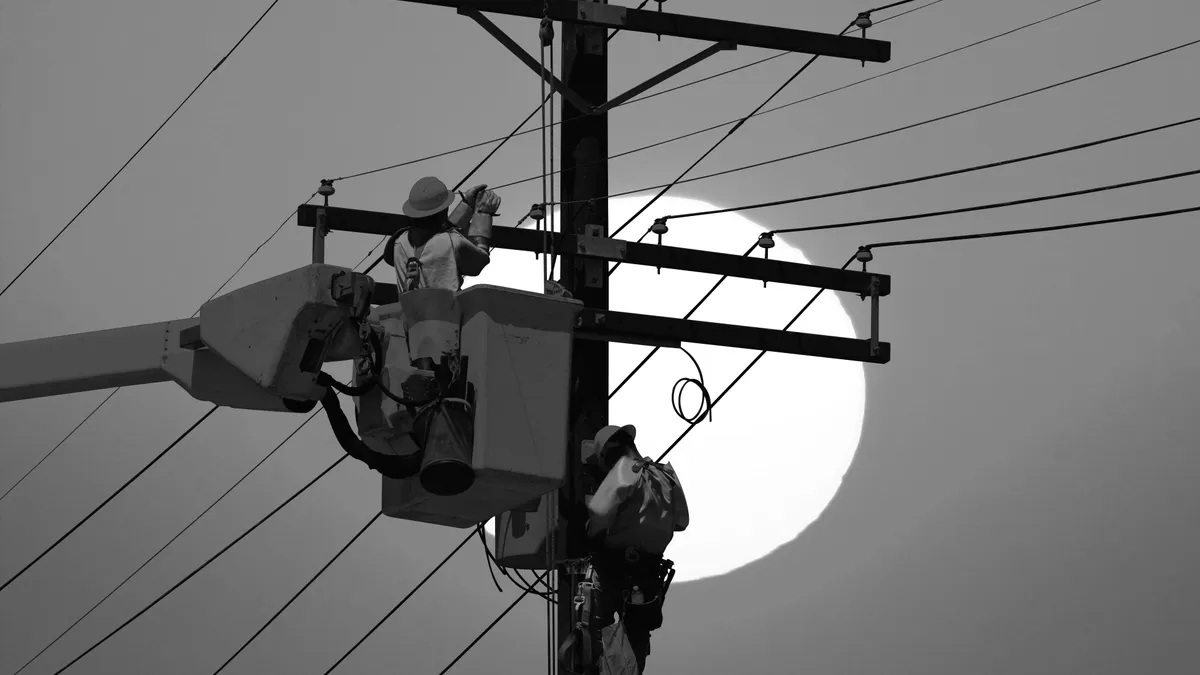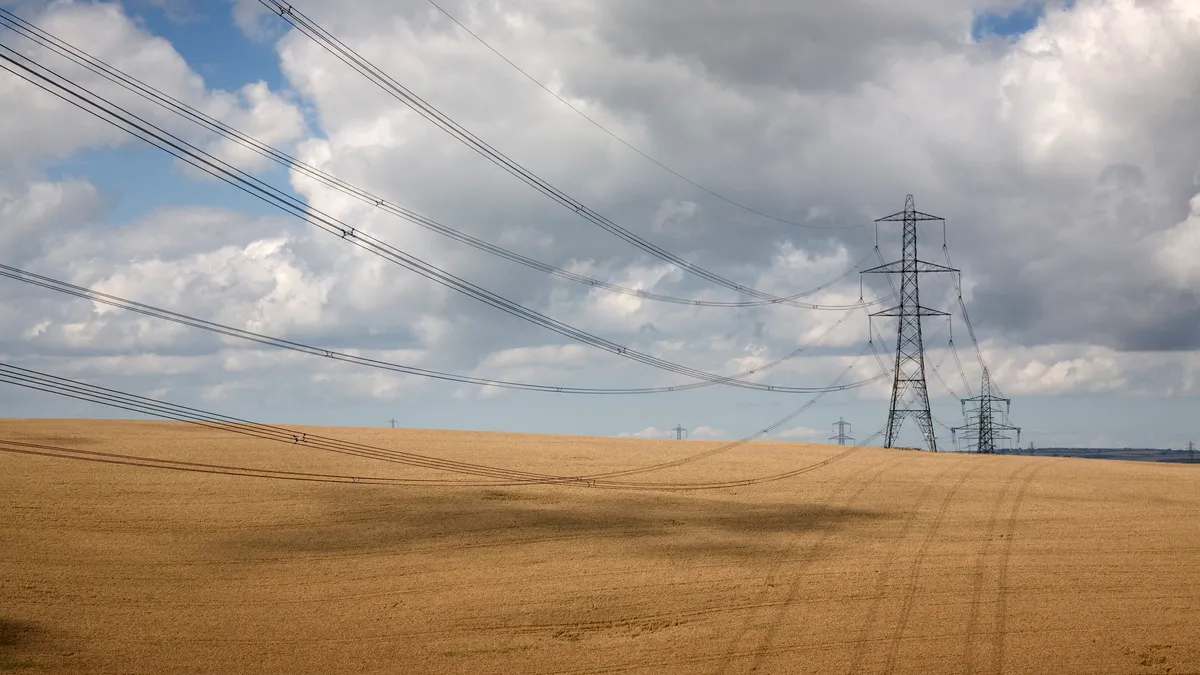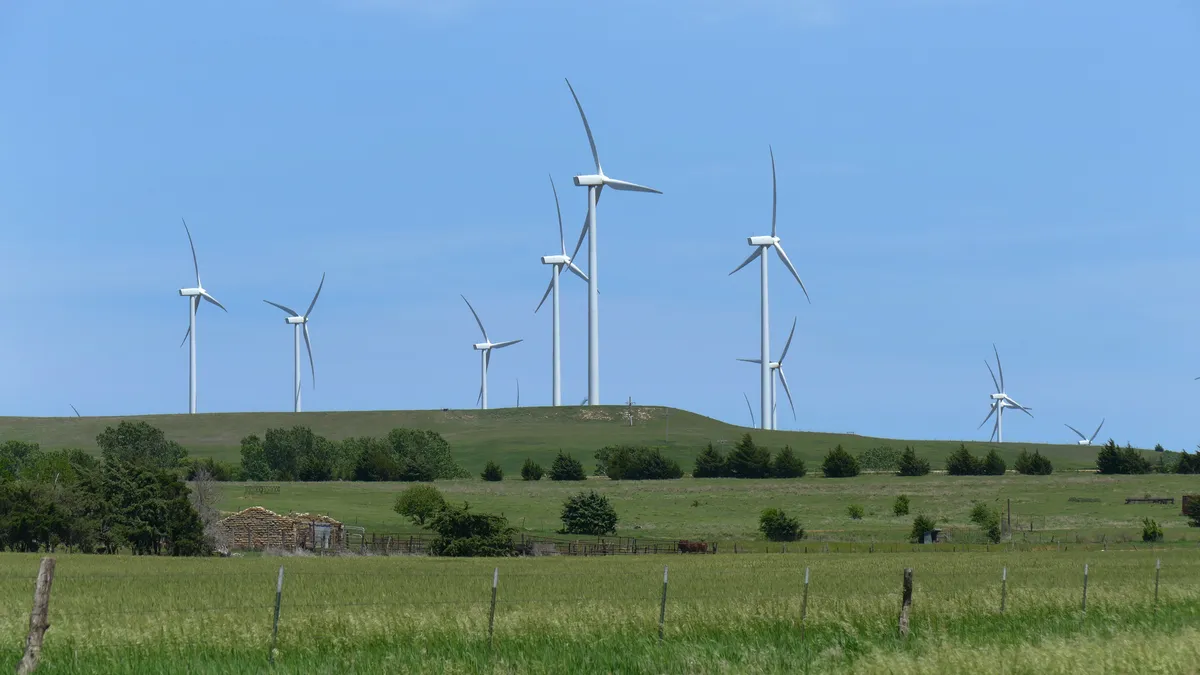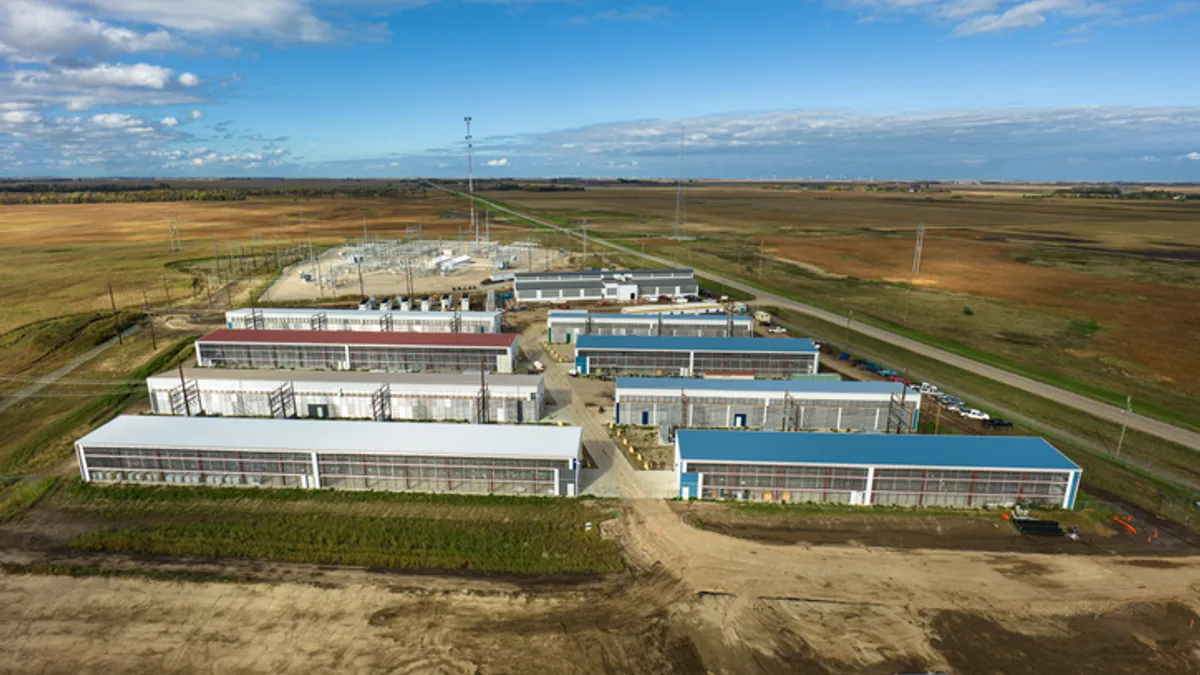Editor's Note: The following is a guest post written by Tom Kuhn. Kuhn is the president of the Edison Electric Institute, the trade association for U.S. investor-owned electric utilities. If you are interested in submitting a guest post, please review these guidelines.
Thomas Edison once said, “Vision without execution is just hallucination.” It was with these words in mind that I recently joined other members of the Edison Electric Institute (EEI) leadership team in New York to outline to the financial community our vision for the electric power industry in 2016—as well as our plans for successful execution.
I was especially excited to share our story this year, since our industry is in the midst of a profound transformation. At the heart of this transformation is the terrific progress that we are making today to deliver America’s energy future—a future driven by new and innovative technologies, developments in public policy, and changing customer and market expectations.
What exactly does our industry vision entail? EEI and its member companies have embraced three core principles at the center of our vision for the future. We are meeting customers’ changing needs by building smarter energy infrastructure; providing clean energy; and creating the energy solutions customers want. Here’s what we’re doing to support these principles.
A more dynamic and more secure power grid
It’s clear that now, more than ever, we live in a world where we all want to be connected, all the time and everywhere. What you might not know is that just as all of the devices, gadgets, and services we rely upon are becoming smarter and more dynamic, the power grid is too. In fact, the electric power industry is investing $100 billion per year, on average, to build smarter energy infrastructure and transition to even cleaner generation sources. A record $108.6 billion in investments is estimated in 2015 alone.
Of course, the power grid is also one of the nation’s most important assets, and protecting the grid remains our top priority. This year, we will build upon the work that is already being done to prepare for and respond to potential threats that could impact the power grid. This includes working closely with the federal government through a partnership called the Electricity Subsector Coordinating Council.
Clean energy
We know customers want clean energy. And, in just 10 years, the mix of sources used to generate electricity has changed dramatically—today, we are adding significant amounts of natural gas, wind, and solar. We also are adding next-generation nuclear power that can provide emissions-free energy on an around-the-clock basis.
Today, one-third of U.S. electricity comes from zero-emissions sources (nuclear energy and renewables including hydropower, wind, and solar) that help reduce our environmental impact.
The use of renewable energy sources to generate electricity is projected to almost quadruple between 2010 and 2040. As leaders in renewable energy, electric power companies provide virtually all of the wind, geothermal, and hydropower in the country.
We also have installed about 60% of all U.S. solar capacity, and expect to install nearly three times as much solar in 2016 than we did in 2015, with the ultimate goal of bringing cost-effective solar to all U.S. homes, businesses, and communities.
This is all building upon the tremendous progress that’s already been made to reduce carbon emissions—as of the end of last year, our industry’s carbon dioxide emissions were nearly 20% below 2005 levels.
Innovative customer solutions
Staying focused on our customers’ changing expectations is at the foundation of our strategy. And, we are committed to using new technologies and to leading change that maximizes value to our customers.
This requires ongoing innovation and partnership. Accordingly, we view many of the so-called “competitors” or “disruptors” to our industry as partners. Today, we are working with hundreds of leading technology companies, including Tesla, Google, Apple, and Nest, as well as the startup community, to bring tomorrow’s technologies to customers today. These partnerships are critical, and we are committed to using new technologies and to leading change that maximizes value to our customers.
As an industry, we also are changing the way we provide services to customers and individualizing those services—for the large customers (like data centers and major corporations) that want to use renewable energy; for the residential customers who want to manage their energy use using connected devices and through web-based platforms; and for the major cities that want to be more sustainable and reduce their carbon footprint.
One area where we have already seen tremendous results is transportation electrification in both on-road and off-road applications. Working in partnership with our member companies, EEI led a nationwide fleet electrification initiative to expand the adoption of plug-in electric vehicles (EVs) in company transportation fleets. To date, this initiative has exceeded the anticipated $50 million annual industry commitment, and totaled more than $90 million in 2015, adding 800 new plug-in EVs and 740 new charging ports.
True to our namesake, EEI will continue to work with our member companies to deliver the energy future customers want—a clean energy future that is customer-focused and delivered by a smarter, stronger power grid. If the tremendous and transformative progress we have already made is any indication, the future of the electric power industry is a bright one.





















